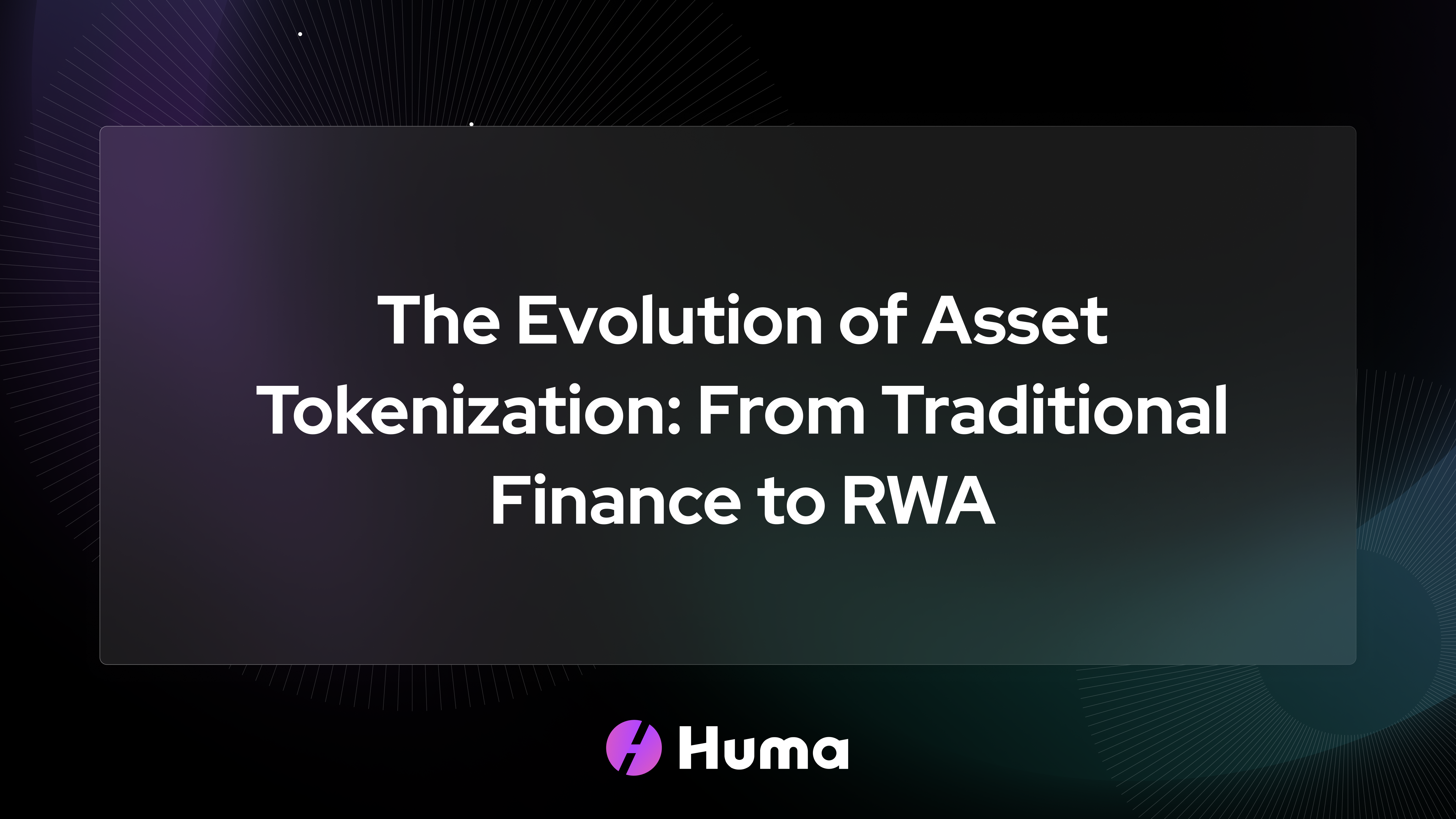Asset tokenization is redefining the financial ecosystem, revolutionizing the way assets are managed, traded, and owned. The journey from traditional finance to the emergence of real-world assets (RWA) in the digital realm marks a significant shift in both technological advancements and investment opportunities. Below is a detailed breakdown of this evolution, highlighting key milestones and impacts.
1. Traditional Finance: Legacy Systems
- Historical overview:
- Traditionally, assets such as stocks, bonds, and real estate were represented by physical paper certificates, eventually transitioning to digital records held by centralized financial institutions.
- Challenges in the traditional system:
- High transaction costs due to multiple intermediaries, including brokers and custodians.
- Prolonged settlement times, especially in cross-border transactions, often taking days to finalize.
- Limited access to investment opportunities, with only high-net-worth individuals and institutional investors able to participate in certain asset classes.
2. The Blockchain Revolution: Paving the Way for Digital Assets
- Introduction of blockchain:
- Blockchain technology, a decentralized, transparent, and secure ledger system, disrupts the traditional financial landscape by removing intermediaries and enabling direct, peer-to-peer transactions.
- Key impacts:
- Lower costs: Reduced reliance on intermediaries cuts down on fees and operational overheads.
- Increased efficiency: Transactions occur faster, with smart contracts automating execution.
- Broader market inclusion: Blockchain facilitates the creation of digital assets like cryptocurrencies and NFTs, democratizing access to new asset classes.
3. The Rise of Real World Asset Tokenization (RWA)
- Defining RWAs:
- Real-world assets, such as physical real estate, commodities, and financial instruments (like bonds), are now being represented as digital tokens on a blockchain, bridging the gap between tangible assets and the digital economy.
- Why RWAs matter:
- Enhanced accessibility: Tokenization enables fractional ownership, allowing smaller investors to gain exposure to traditionally exclusive assets, such as real estate or fine art.
- Improved liquidity: Illiquid assets like real estate can now be traded more easily and frequently, thanks to tokenization, improving market dynamics.
- Cost efficiency: Smart contracts automate many processes, from asset transfer to settlement, reducing administrative and transaction costs.
- Increased transparency and security: Blockchain’s immutable ledger offers enhanced security and reduces the risk of fraud or double-spending.
4. Real-World Examples of RWA Tokenization
- Tokenized real estate:
- Platforms are now offering fractional ownership in properties, enabling investors to buy and sell tokens that represent shares in a building or development.
- Tokenized commodities:
- Precious metals like gold and silver are being tokenized, allowing for easier, more liquid trading on blockchain platforms.
- Debt markets:
- Bonds, loans, and other forms of debt are now issued and traded as digital tokens, streamlining access to debt markets for retail investors and institutions alike.
5. The Future of RWA: Opportunities and Challenges Ahead
- Regulatory developments:
- As the adoption of RWAs increases, regulatory bodies are actively working to create legal frameworks that ensure investor protection while fostering innovation. Clear regulations will be critical for mass adoption.
- Institutional integration:
- Major financial institutions are beginning to recognize the potential of RWAs, incorporating tokenization into their operations and creating new financial products based on tokenized assets.
- Technological advancements:
- Ongoing innovations in blockchain, particularly improvements in scalability and interoperability, are expected to drive further growth and adoption of RWA. Enhanced blockchain infrastructure will unlock new possibilities for global asset trading.
Key Takeaways
- Tokenization is transforming finance: By making assets more accessible, liquid, and secure, asset tokenization is democratizing finance and opening up new opportunities for both retail and institutional investors.
- RWAs bridge physical and digital markets: Real-world asset tokenization is creating a seamless link between tangible assets and the digital economy, offering new ways to own and trade physical assets.
- A digital financial future: As regulatory clarity increases and technology advances, RWAs are positioned to become a fundamental component of the financial ecosystem, shaping the future of how we invest and interact with assets.
The ongoing evolution of asset tokenization is more than just a shift in technology—it represents a transformative change in how we understand ownership, accessibility, and investment. As RWAs continue to expand, they will become an integral part of the financial landscape, offering new avenues for wealth creation and financial inclusion. The future of finance is unfolding, and RWAs are at the forefront of this exciting change. Keep watching this space for the innovations ahead!
